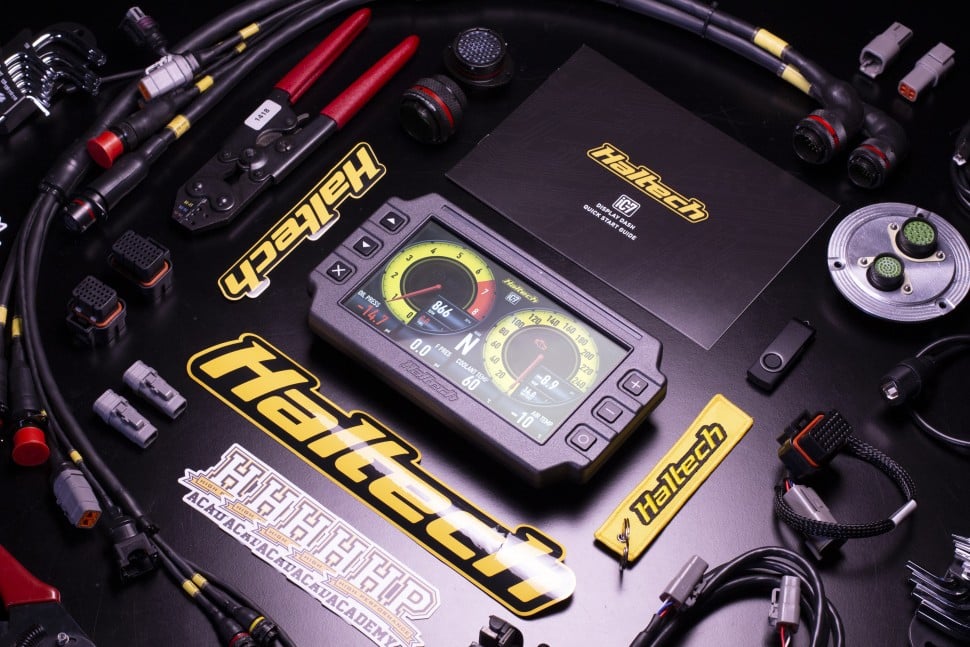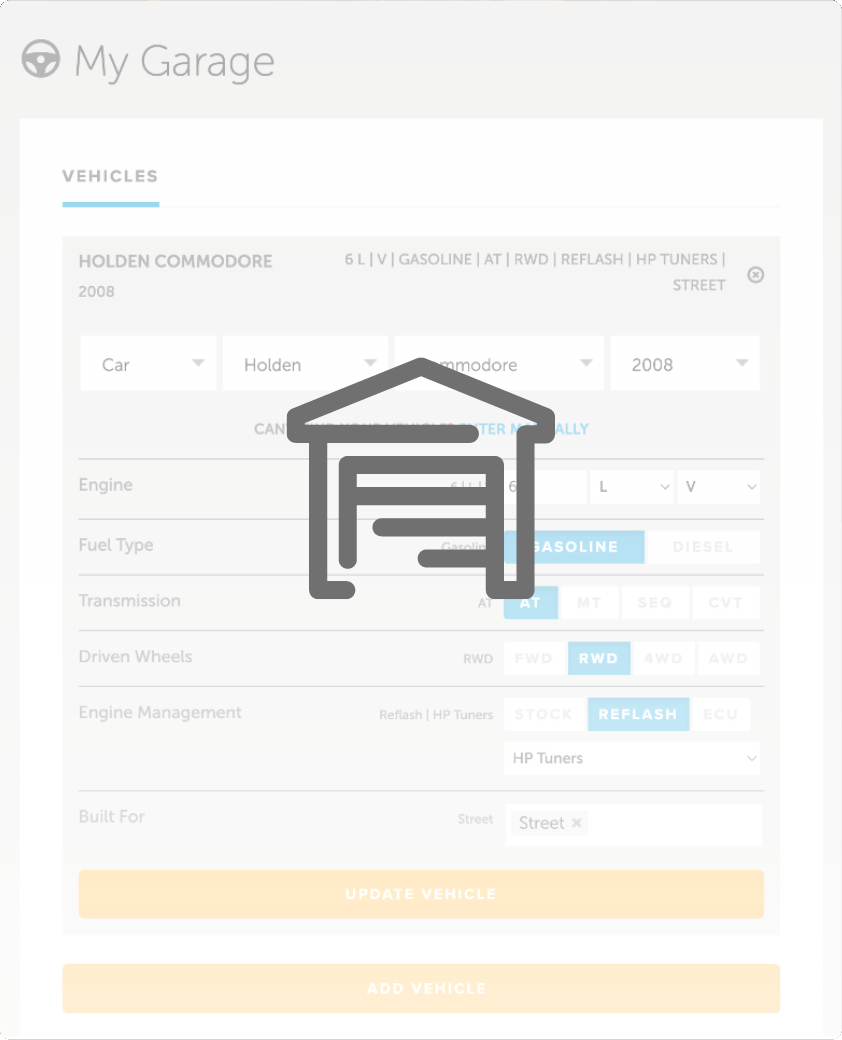| 00:00 |
The term 3D scanning is somewhat self explanatory, but for those who haven't seen it in action before it's still a bit ambiguous.
|
| 00:08 |
Which is fair enough as there are a good amount of different forms and uses of 3D scanning.
|
| 00:13 |
As you'd expect, the focus of this course will be on the forms of 3D scanning that can be applied for automotive use, be it on motorsport builds or road car projects, but we'll come back to this in a moment.
|
| 00:25 |
The principle of 3D scanning is using a device, being the scanner, to capture 3D data like the shape and appearance from a real object or environment and then use this data to create a digital 3D model.
|
| 00:39 |
The model is typically constructed of a point cloud, which is essentially a set of data points in space with their relative location.
|
| 00:47 |
The point cloud model will then be converted to a mesh, which is a large collection of faces connected by edges and vertices that make up the 3D model.
|
| 00:57 |
In its raw form, the mesh is relatively difficult to work with, but there are a range of tools accessible to us to help here.
|
| 01:04 |
We'll leave it at this for now as we'll be coming back to this in a dedicated module later in the course.
|
| 01:10 |
Once we have the model, it can be used in CAD or computer aided design software in an almost endless number of ways.
|
| 01:16 |
The primary and most common ways this is used in motorsport or in automotive context is reverse engineering or as a reference to work from when designing new parts, which we'll be referring to as scan based design.
|
| 01:30 |
An example of reverse engineering could be something like a plastic part from a classic car that's no longer available.
|
| 01:37 |
We could scan the part, create a model and work through a series of processes that allow us to 3D print a reproduction, potentially making some changes as we go.
|
| 01:48 |
Alternatively, using scans of existing parts or areas like the engine bay can help us design new parts that interface with these, saving time with measurements while also giving us a visual representation of how the parts will fit and work together.
|
| 02:04 |
Again, these are the most common approaches, but in reality the possibilities are only limited by your skills and imagination.
|
| 02:10 |
3D scans are used extensively in the automotive industry, particularly in the likes of video games and simulators to create not only 3D models of vehicles, but also the racetracks themselves.
|
| 02:23 |
The final use of 3D scanning in the automotive industry that we'll discuss is referred to as metrology, which put short is the science of measurement.
|
| 02:32 |
You'll often see the term metrology grade used around 3D scanning products.
|
| 02:37 |
While this is often used as a marketing ploy, it basically means that the scanner is classed as a professional measurement device and it meets a range of industry standards relating to accuracy.
|
| 02:48 |
Most relevant to our interests, this can be used for validation of manufactured parts dimensions, in other words quality control.
|
| 02:57 |
So, if we get something made by a third party on a CNC mill for example, we can make sure it came out the way we wanted it to, either by taking measurements from the digital scanned model or by comparing this model to our original design model.
|
| 03:12 |
In summary, 3D scanning in basic terms is a method of collecting data from an object or environment and converting it into a 3D digital model.
|
| 03:21 |
Once we have the model, we can use it in CAD software in a number of ways, but most commonly in a motorsport design application, this will be for scan based design and reverse engineering.
|





